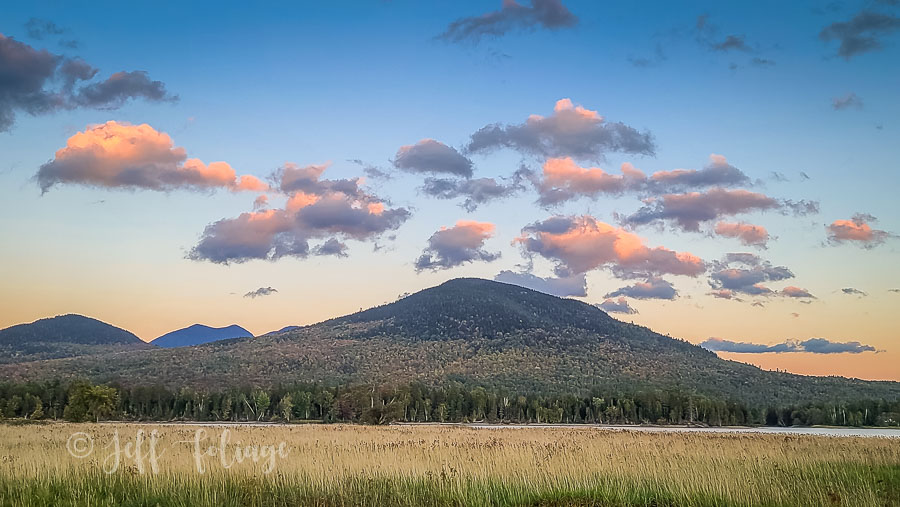Cell Phone artistry takes on fall foliage
There are lots of Memes about photographers showing up with real camera gear and assuming people will get out of their way but when they announce “They’re a photographer”, everybody in front of them turns around with the cellphones and says “so are we…!” It’s funny but it’s also reality.
I was reminded of this during an event where people were relying on their cell phones more than traditional cameras (notice I don’t say real camera) when I was trying to photograph this event and the SLR users were outnumbered 50-1. What does this say about the future of photography?

You’ll hear this over and over again. The best camera is the one that you have with you and that describes a cell phone perfectly. Most times we only have our mobile (as the Brits say) with us and that makes them the best camera at the time. But… most cell phones are only good enough to record memories or are they?
Differences between Cellphones and Digital Cameras
Back in the day, a “real” camera was a heavy metal camera with rolls of celluloid film. Then the digital age hit and we went from celluloid and chemicals to binary and computers. It’s been a short 22 years between my first digital camera (a 1.3-megapixel, model) and my current 20 MPixel Canon Camera. Time renders Technology and anything digital obsolete in less than a year today. Cameras and phones are no different but just because a new model has come out, doesn’t mean the old one is useless. My Canon 80D was purchased a few years ago and my cell phone is almost two years old. The only reason I would replace my 80D is that it breaks down but what about the cell phone?
I find I use my cell phone more and more and I don’t upgrade every year but I will upgrade when there are really big advances in the camera quality. I don’t upgrade for newer software in the phone but when the mechanics of the camera are substantially better I usually upgrade. (This is my opinion on this and you can upgrade when you want)
Pros and Cons


| The “Pro” of using a full digital camera (any make and model) is that the depth of the image is much better. This means there are more pixels and the color range is significantly better as well. If I want I can crop in on this image and still have a lot of pixels to work with. There are only a few obvious “Cons” of using a full digital camera. The first is the complexity of using a digital camera. You can shoot in “automatic” but that rarely gives the results you want. Let’s face it photographers spend years learning the settings for good shots. I haven’t used the “auto” setting on any digital camera in a lot of years. The big con to using these cameras is the weight and having to have the camera with you. Heaven forbid you want to have some other lenses with you. My backpack weighs around 30 lbs because of filters, lenses, and misc things to have just in case… | The “Pro” of using a cellphone camera (any make and model) is the convenience and weight. You almost always have it on you… Lets face it how many times have you gotten in the car and realized you forgot your cell… Did you continue or go back in and find it? It does a great job with auto everything and HDR makes you look like a real photographer! There are a few Not-so obvious “Cons” of using a Cellphone… One is that the depth of the image is lacking (tiny sensor and far fewer pixels than a bigger digital camera). So if you pinch your fingers to zoom in, this is a “Digital Only Cropping” And this means you are copping the image on a TINY sensor to even SMALLER proportions. |
There are not-so-subtle differences when comparing your cellphone camera and my S20 Ultra. First, you may not be spending $1,000+ on your cell phone. For me, this is purely a business decision (and a business expense). I’m using one of the best camera phones on the market and if you only pay +/- $225 for your phone, you may get lower-quality images. (yes you get what you pay for)
One of my key requirements in choosing my cellphone is that I can “usually” print my cellphone images in a large format and generally they look good printed at up to 40 inches on the long side (only applies to newer/higher-end phones) and my Canon camera images are good up to 60+ inches. Do you “HAVE” to spend $1000 to get good images, Probably not If you don’t plan to print your cellphone images.
What do my “Cell” shots look like this past fall?








See more of my work here at Fine Art America cell phone or otherwise
Can live with just your cell phone as your primary camera?
Here’s what I look at when I ask myself that very question.
- What am I going to do with the pictures when done? (Images for sale or low res images for my blog)
- Is the quality good enough to print an 8 x 10 or larger (newer phones yes!)
- (This applies to me but maybe not you), can I sell a large print (11×14 or larger) that is framed and matted as an art print to a customer?
- What are the capabilities of the phone in different situations? Are there “Pro” settings?
- Can I use the phone in low light situations and get good pictures or does it require a flash
- if I zoom in, does the picture get really noisy (the digital zoom in almost all current phones is noisy or less sharp)
- Does your phone have a professional mode? (The newer phones do)
Practice makes perfect, learn by doing
I was expecting a lot out of my cellphone after all the hype from the maker and to be honest, my first pictures did not live up to my expectations. Each day I took my phone/camera outside and I would practice by photographing flowers in the garden or insects such as dragonflies/butterflies. My macro cellphone shots are very good and I learned to get very good ones. They let me get creative.
I actually learned more by getting bad shots than I did by getting good shots. It’s when the image comes out horrible that you strive to make it better. Look for settings like anti-shake if your image is blurry. If your background is sharp but what you wanted sharp isn’t, then see if tapping the screen tells the camera to focus on this point. If your camera/phone works this way and many do, it will show the camera what you want it to focus on.
Also, remember the basics of photography, and apply them to cell phones
- Like, not shooting directly into the sun (position the sun so it comes in from the side or behind you is the best)
- Holding your camera steady or bracing it against a non-moving object
- Learn what leading lines are
- And learn the rule of thirds
Jeff Foliage Folger
Autumn is a state of mind more than a time of year – Jeff Foliage
- Visit my Fine Art America Gallery
- Visit my Amazon store to pick up New England-related materials
- Follow me on Bluesky
- My Facebook foliage page
- Threads.net/@Jeff_Foliage
- Follow our new Fall Foliage FB Group!
- You can visit Lisa’s Artist Facebook Page by clicking here

Three years ago I took the bold step of taking only my cell phone on my annual vacation. This trip was to southwest Utah and I have to say it worked out great. I did the same the next year traveling to the Oregon coast and I have been doing it ever since. My intent was to be able to review the pictures every night and email a few to friends and family. Sort of a pictorial daily diary. Easy Peazy. The only issue is that it doesnt work well for zooming. But surprisingly there have been few times that it was a problem. I can’t wait to do it again when I leave for New England October 4. Thank you for all you do.
Cheryl
Marietta, GA